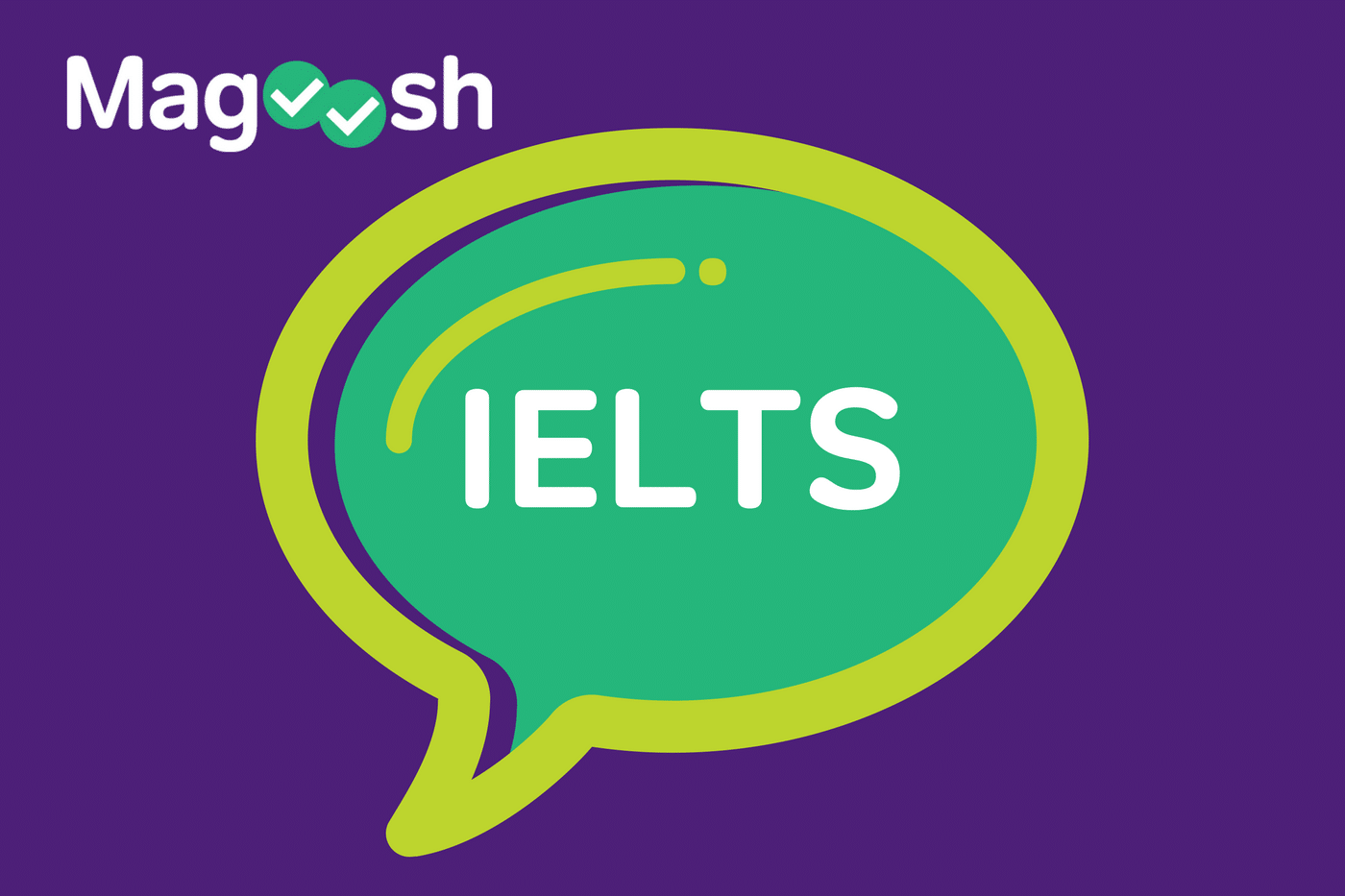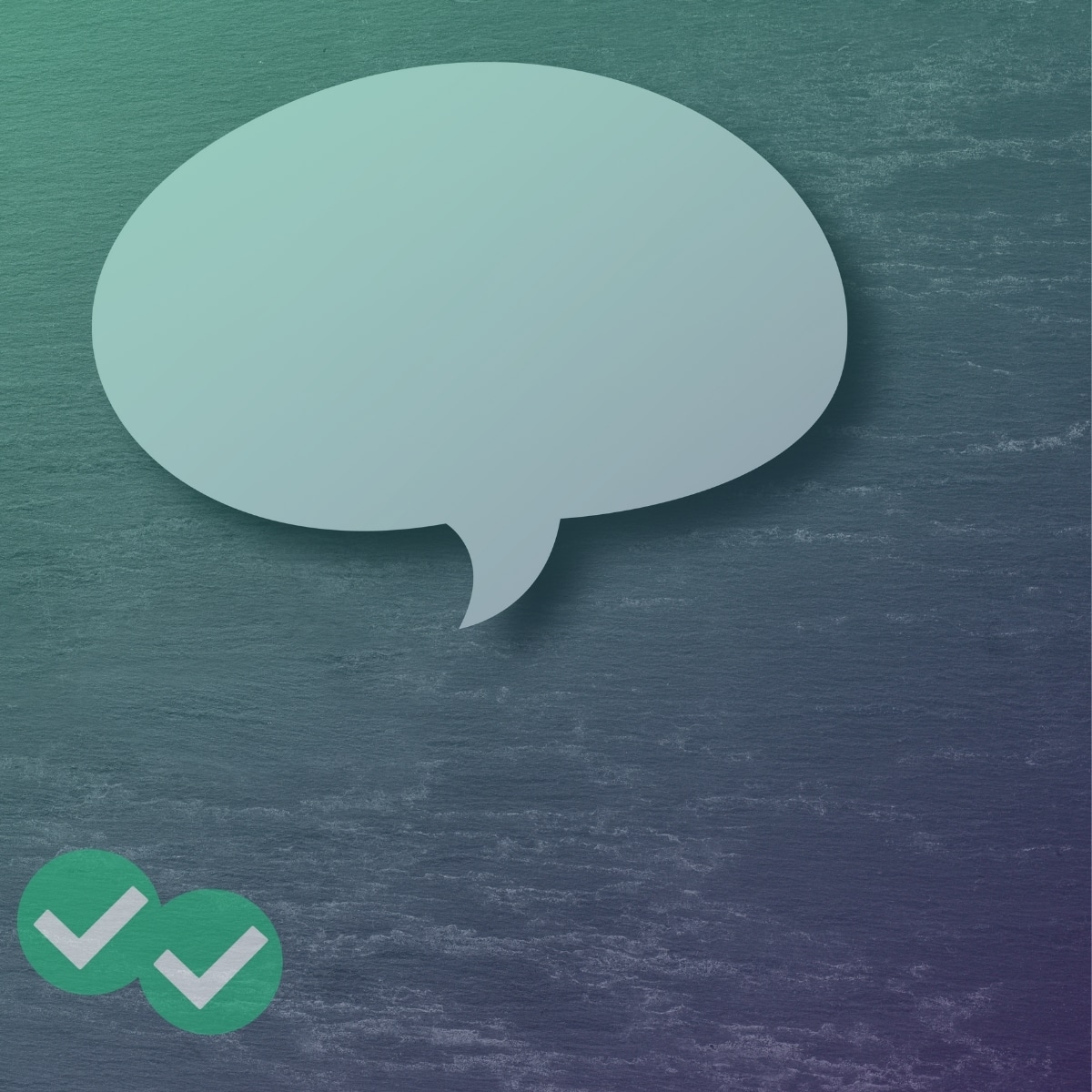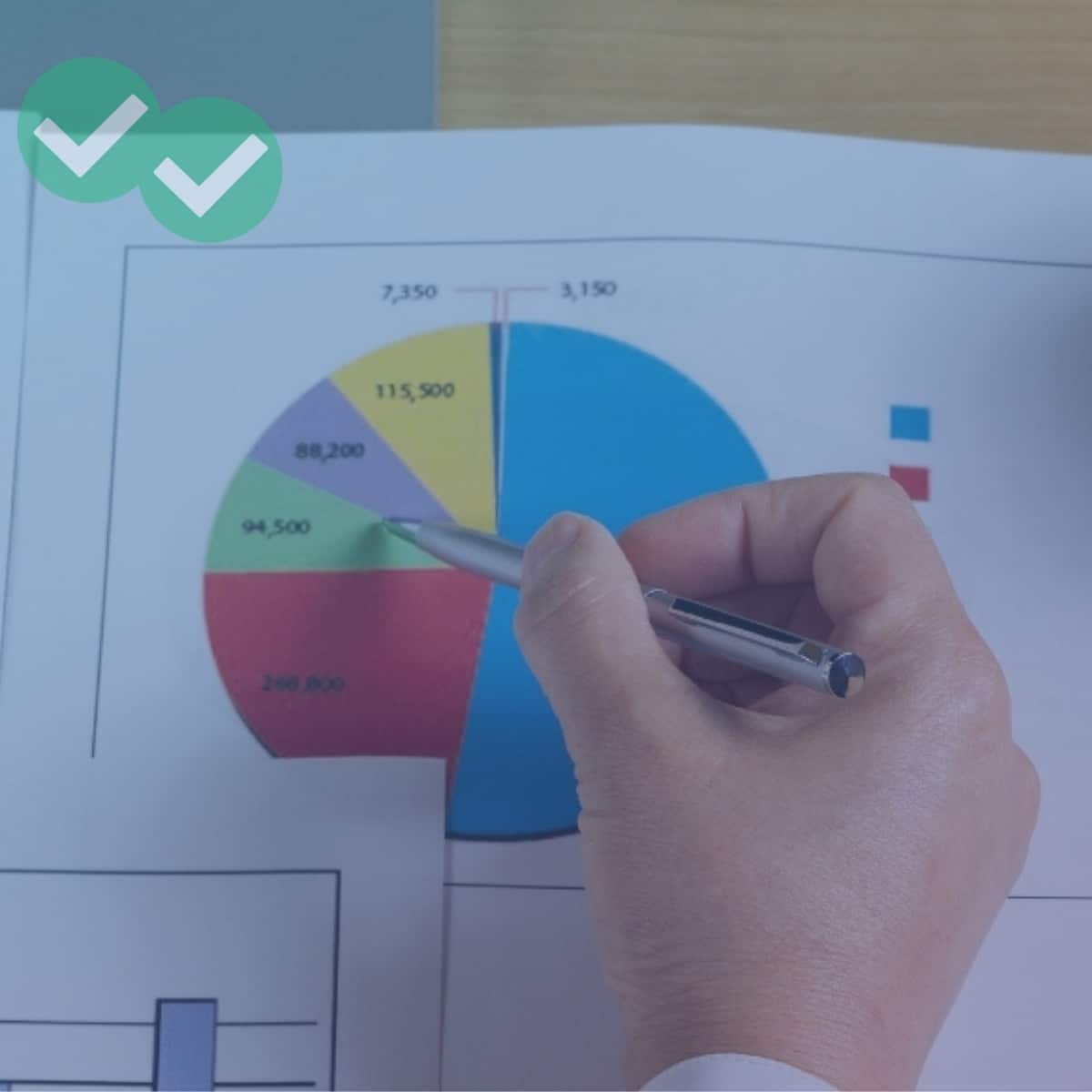
How to Prepare for IELTS Academic Writing Task 1
Listen and subscribe on iTunes or Stitcher. Or listen right here:
In this episode, you’re going to learn all about IELTS Academic Writing Task 1, including:
- How to prepare for the IELTS Academic Writing Task 1.
- What exactly you’ll be asked to do for the Task 1 section of the Academic IELTS.
- Tips on how to analyze the Task 1 visuals.
- A step-by-step breakdown of how to write a strong Task 1 response
If you like this lesson, please subscribe on iTunes or Stitcher for more IELTS lessons, and check out all of our IELTS Podcast episodes here!
And don’t forget to check out these helpful resources!

IELTS Podcast: Episode 19 Transcript
Translations: (Tiếng Việt)
Naomi: Welcome to the Magoosh IELTS Podcast! This is Episode 19. In this episode, you’re going to learn about how to prepare for the IELTS Academic Writing Task 1. Eliot and I will start by discussing what exactly you’ll be asked to do for the Task 1 section of the Academic IELTS. Then we’ll give you some tips on how to analyze the Task 1 visuals, followed by a step-by-step breakdown of how to write a strong Task 1 response.
Don’t forget to visit us at IELTS.Magoosh.com for more great resources to improve your IELTS band score. Use coupon code “ieltspodcast” to save 20% off your IELTS test prep!
Okay, let’s get started!
Today we’re going to talk about what the IELTS Academic Writing Task 1 is, and how to prepare for it.
Eliot: Task 1 will ask you to write a brief report, usually about two visuals. You’ll have twenty minutes to analyze what you see and write 150 words about it.
Naomi: That’s not much time — what strategies can we use to craft an interesting, well-organized response?
Eliot: You’re right, it’s not much time…as with the rest of the IELTS, reading instructions closely is critical. Task 1 will ask you to consider two figures, or sometimes maps or flowcharts.
What are they explaining? How can you summarize the information presented? Can meaningful comparisons be made? You should be careful to focus on material you think is relevant, not your own opinions on what the graphs or visuals say.
Naomi: So it sounds like there are really two parts: interpreting the figure and writing the response.
Eliot: I like to think about it that way, too. With only twenty minutes, it helps to think about how you’ll approach it most effectively.
Naomi: Since this test is meant to measure your English skills, you won’t be asked to do any difficult math to understand the charts, right? You should just focus on accurately reporting the information in the figures and explaining it fluently.
Eliot: Exactly. The first thing to do when gathering your information is read the titles and headings of the graphs.
Naomi: Right, titles and headings often act as summaries of the data in the figures, so they’ll help you figure out what’s important.
Eliot: Next, you should take a look at the units and categories in the visual. Understand what is being measured and how that measurement is expressed by the visual.
Naomi: So it’d be a good idea to ask questions like, “Is the visual dealing with changes over time? Is that in days, months, or years?”
Eliot: Yes. The visuals can also show trends, patterns, or sequences. You can make sense of what these have in common by measuring them in similar ways.
Naomi: So once you know what you’re looking at, you can start thinking about what the information means?
Eliot: Exactly. Think about what kind of story the data tells or what argument it makes. Expressing that story or argument in your answer will show you are able to explain complex ideas in English.
Naomi: So you should try to show that you can decide what in the figure is important and what isn’t?
Eliot: Definitely. Try to explain what was most interesting about the graph to you, like you would explain it in a presentation in class or at work.
Before we find out some other IELTS Writing Task 1 tips, let’s pause for a word from Magoosh.
Kevin: Do you want a great IELTS score?
Well gues what, Magoosh can help!
Here’s what you’ll get with Magoosh:
· In-depth video lessons that cover concepts, pitfalls, and shortcuts
· Over 200 practice questions to help you prepare for your exam
· 24/7 email access to a team of remote tutors ready to answer your questions
Are you ready to improve your score and get into your dream program? Great! We’re ready to help. Visit us at ielts.magoosh.com and use coupon code “podcast” to save 20% off your IELTS test prep.
Now back to the show!
Naomi: Okay so now we’ve talked about how to analyze the visuals, it’s time to start thinking about how to structure and write our response.
Eliot: For Task 1, remember you only have twenty minutes to complete your response. That said, the response itself is fairly short: a minimum of 150 words.
Naomi: I find that one great way to prepare for a test is by deciding in advance how you’re going to organize your answers. When you sit down to take the test, you’ll already know how to begin and what you want to accomplish. Then, instead of stressing out, you can just focus on following your plan. If you interpreted the figures well and understand them clearly, you have already set yourself up for success!
Eliot: Great idea. I also like to break the structure down into the four following categories: introducing the visuals, summarizing the visuals, supporting that summary with key features from the figure, and a conclusion sentence at the end.
Naomi: All of these things can, and should, be concise, right? Since you only need to use 150 words, and you have to be finished in 20 minutes.
Eliot: Yes, definitely keep things as short as you can, while still covering the information. None of these four sections should be more than two to three sentences, at most.
Naomi: The first section, introducing the visuals, seems pretty straightforward.
Eliot: Yes. Just explain, generally, what the figures are about. Start by putting the information contained in the visual into your own words.
Naomi: Right, and you can refer back to the titles and headings for the most important features to include.
Eliot: Once you’ve done that, next you should summarize the main features of the visuals.
Naomi: The IELTS asks you to “select and report” the major points of the visuals, so you shouldn’t spend much time on the details, right?
Eliot: Right, just pick the features of the data that stood out to you the most, or present an argument about what the data is saying.
Naomi: So what’s a good way to highlight the most important things about about the data?
Eliot: Choose what things about the visuals were interesting to you — I call this “your angle on the data”. Sharing your own perspective shows that you are fluent enough in English to be able to understand the information and make connections comfortably.
Naomi: What about the concluding sentence?
Eliot: If you’re having trouble reaching your word count, a concluding sentence can help you get there. That said, it’s not crucial and won’t necessarily improve your score if you’ve already reached the 150-word minimum.
Naomi: But if you do write a concluding sentence, just restate the main concept of the visuals, and what you learned from them, in a single sentence.
Eliot: Exactly–and then you’re done with your IELTS Writing Task 1!
Naomi: So what did you think? If you need more practice, check out the show notes for a transcript of this episode and links to the resources we mentioned.
Oh and by the way! We’re looking for volunteers to help us translate the show transcripts from English to your first language. If you are interested, please email me at [email protected] with the subject line “translation,” and let me know what language you can translate into!
Thanks for listening! If you like our show, help us out by leaving a rating and review in Apple Podcasts, or wherever you listen. This helps people find us! And don’t forget to hit the subscribe button. Until next time! This is Naomi at Magoosh, wishing you happy studying!





